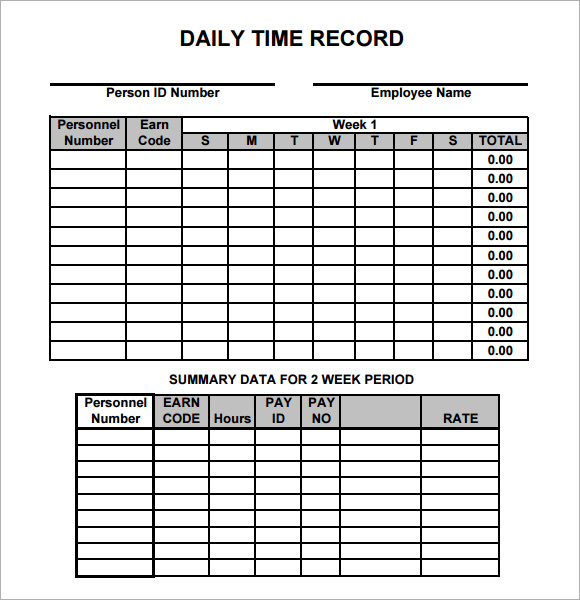

High amounts of jitter can cause audible clicks and pops in the audio path. The inconsistency in sampling intervals causes distortion in the shape of the resulting waveform. Put another way, jitter is fluctuation in the time interval between successive pairs of samples in the bitstream. In addition to frequency drift, every clock is subject to some amount of jitter, or short-term deviations from the nominal sampling frequency. (The time to failure depends on the quality of each clock.) All the pieces in a digital-audio system-stand-alone A/D and D/A converters, I/O boxes, mixers, signal processors and so on-must operate at exactly the same sampling frequency from moment to moment, or the system will quickly fail to pass audio. This causes huge problems when you hook up multiple digital audio boxes together and attempt to operate them all using their internal clocks, none of which exactly match the others in frequency. Every clock is subject to some drift away from its nominal frequency due to aging of the crystal and other factors. “By maintaining the temperature, you maintain the frequency to phenomenal tolerance.” “Oven-controlled oscillators are the most accurate,” says Bauman. You can get very accurate oscillators that will drift over 0 to 70 degrees Celsius only five parts per million or lower.” To further increase the stability of their crystal-based clocks, some manufacturers use an oven to keep the crystal heated to a constant temperature. Bob Bauman, co-founder and chief hardware engineer for Lynx, elaborates: “Crystal oscillators are spec’d for drift over temperature and time. The rate at which these crystals vibrate is quite precise, although not exactly the same from one crystal to another. The crystals do double-duty to also produce sampling frequencies that are multiples of 44.1 and 48 kHz.

Crystal-based clocks that operate at various sampling frequencies need a separate crystal oscillator for each base frequency: 44.1 kHz and 48 kHz. The Lynx Hilo converter is shown here.įor example, converters made by Lynx Studio Technology include crystals that oscillate at 11.2896 MHz, which rate is then divided by 256 to achieve the nominal sampling rate of 44.1 kHz. Interestingly, this frequency is way higher than what is ultimately desired for use in digital audio a multiplier divides it to yield one of the nominal sampling frequencies used in production.Īll current Lynx converters use a hybrid PLL circuit called SynchroLock, together with an analog PLL, to reduce jitter in external clock signals. At the factory that supplies pro-audio manufacturers with these crystals, the size and shape of each is tweaked to make it oscillate at a very specific frequency. The clock typically uses a crystal that physically vibrates when excited by an electric current. In order to transduce and transmit audio properly, a digital audio device uses an internal clock that regulates the rate of flow-the sampling frequency-of digital 1s and 0s in its bitstream. Our journey begins with a look at the heart of most digital clocks: the humble crystal. We’ll examine why rock-solid clocking is so crucial to producing high-quality sound and how manufacturers incorporate innovative designs to improve the quality and reliability of their clocks. We’ll discuss what these devices do and how they (sometimes) differ. This month, Mix looks at the linchpins for synchronizing digital-audio systems for music production: master clocks and clock-distribution boxes.

Multiple pieces of interconnected digital gear must operate in perfect synchrony to produce great results.

In digital audio systems, it’s what makes audio sound pristine instead of like garbage. As in most things in life, timing is critical to success. Good timing is the difference between salad and compost. 1: The block diagram for a traditional phase-locked loop circuit, or PLL.


 0 kommentar(er)
0 kommentar(er)
